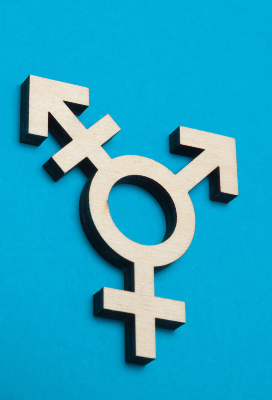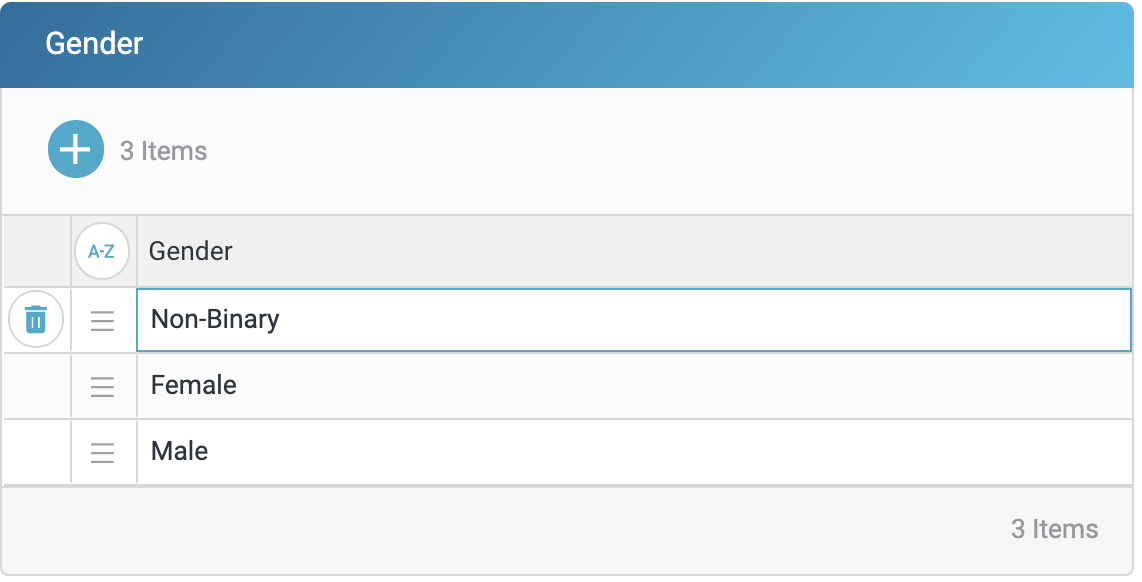Respect occurs when the environment has been made somewhat equal. That usually comes from its occupants having the knowledge and empathy and understanding of each other’s rights and values.
What better place to start than the classroom!
The Equality Act 2010 and schools (rev May 2014) incorporated departmental advice for school leaders, school staff, governing bodies and local authorities in its summary to ensure how gender is recognised and particularly points to GIRES website for help, especially with terminology.
Respecting gender identity
Committing further, defining the meaning of the word gender has to be agreed upon, which in our society is accepted as a non-biological reference of male, female or nonbinary. (A note here that this article recognises the diversity of other cultures and societies.)
We now accept the individual’s rights and values to determine their gender identity, aside from their biological characteristics and their sense of self as a woman, man, neither or both and we must strive to use their correct pronouns.
Let’s take a moment to give examples, just in case any clarification is needed. Some ways gender can be identified include:
Female – she/her • She picks up her coat and takes it with her
Male – he/him • He picks up his coat and takes it with him
Nonbinary (covering pangender, gender fluid etc) they/them • They pick up their coat and take it with them
As a further note, Transition should be mentioned, their gender identity falling within one of the above.
This is a very brief illustration of gender identities and the pronouns they may use. For more information, please go to GIRES.

A complete ‘review’ if not already undertaken should be done of the social constructs some may still ascribe to ‘male’ and ‘female’ roles, such as excessive drinking and physical sports for men, dancing and healthy eating for women.
Why this matters in schools
The changes in society and the cementing of its views through legislation such as The Equality Act have seen encouraging results in schools to prevent pupils from being restricted by gender stereotyping, reflected in outcomes such as those monitored by STEM Women.
“In the last decade, the number of women working in engineering roles has almost doubled from 25,000 to just over 50,000.”
This is achieved in no small part when children go to a school that is inclusive, creating a safe space for non-binary pupils to thrive, allowing all to find strength in their gender identity so they can concentrate fully on all that school life has to offer.
How can HUBmis help to support gender diversity in schools?
Parents want to know that their children are in an environment of respect and safety, so being able to reflect this in whatever way you communicate with them will continually build trust with your school.
An enhanced school management information solution such as HUBmis gives you the ability to support gender diversity by:
- Ensuring names and pronouns of students are reflected in their school records
- not restricting you to binary options like many outdated solutions
- being flexible to create additional gender records as required
- e.g. non-binary, transgender female, transgender male
- Allowing input of preferred pronouns
- With HUB this could be done from the very start of the admissions process; by enabling pupils to have their correct identity recognised, they feel empowered and safe from the beginning of their journey with your school.
With the release of the communications module in HUBmis, and the upcoming launch of HUBadmissions, schools have the ability to fully respect gender identity in the classroom with the support from an enhanced school management system.
Contact us to learn more about HUBmis



